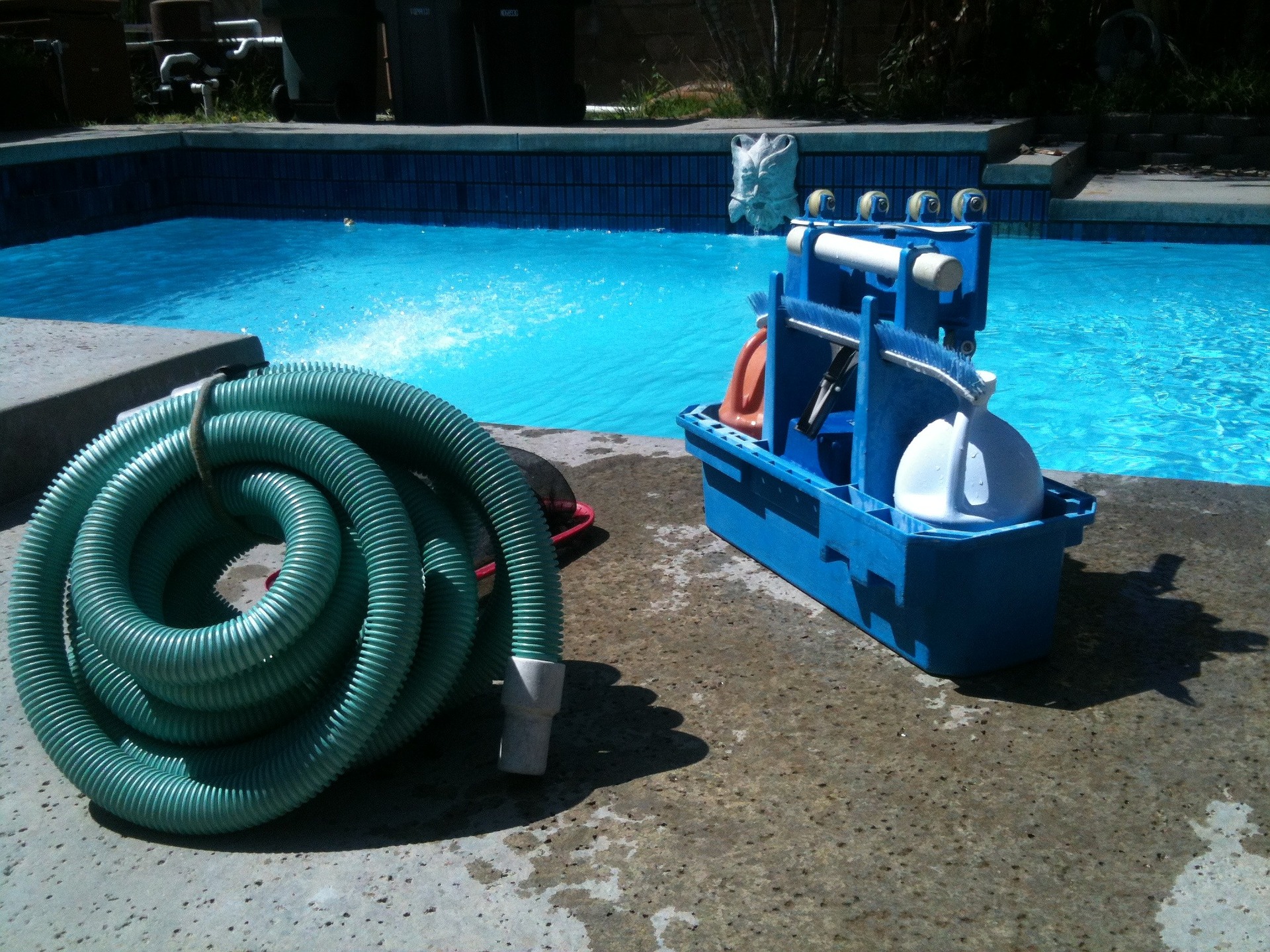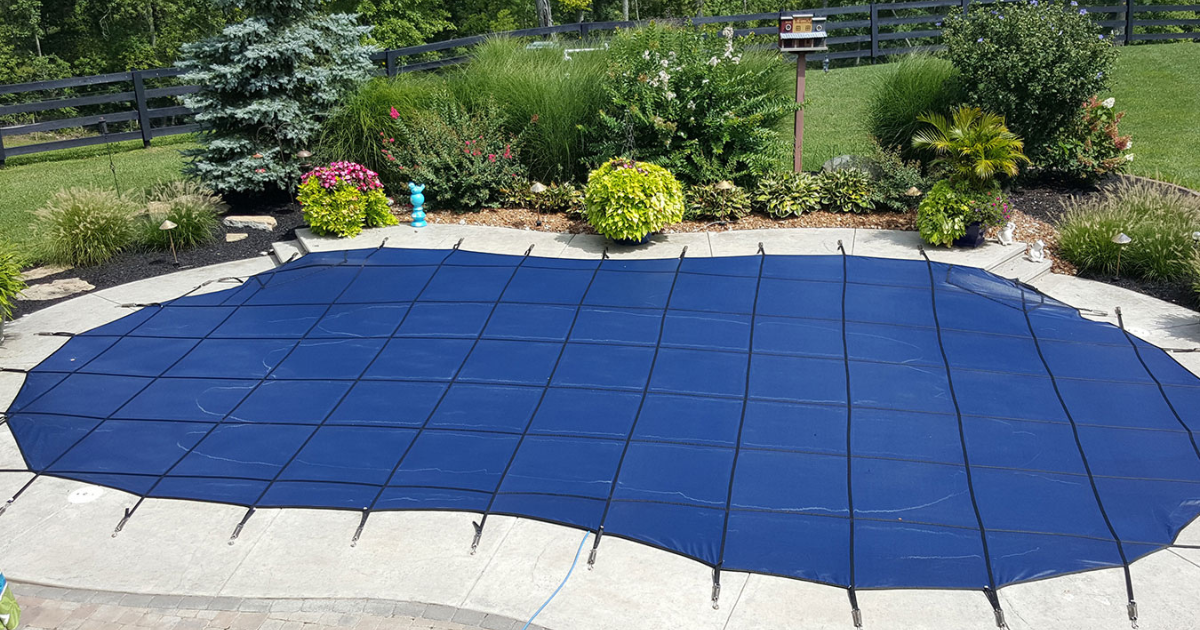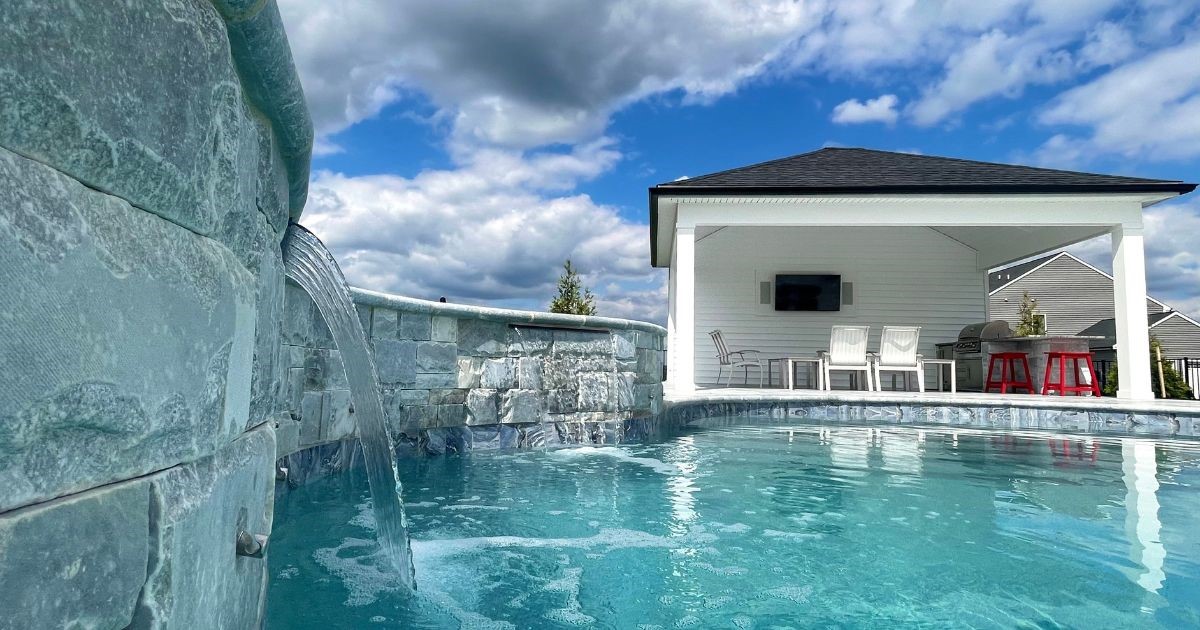The leaves are turning, the temperature is dropping—it's time to prepare your aquatic oasis for…

Tips On How To Close An Inground Pool
The heat of summer is behind us, and the chill of fall is in the air. Even if you have a heated pool, you’re starting to think about how to close an inground pool. If you’ve never done it before, we hope these tips will guide you. And even if you’ve closed an inground pool before, that was a whole year ago. It’s easy to forget some of the steps.
These tips are for those of you who choose to go the DIY route. You may also want to price what it would cost to have a professional close the pool. We’ve seen a number of pools damaged over the winter because the owner messed up the closing and winterizing procedures.
Pro Advice on How to Close an Inground Pool
We’ve been closing pools for years, so we know a lot about how to close an inground pool so it’s in top shape in the spring. Some basics:
- Follow proper procedure for winterizing your pool OR hire professionals to do it
- Clean the salt water generator if you have one
- Winterize the pool heater if you have one
- Clean the pool filter
- Turn off all electrical components
- DON’T drain your fiberglass pool below the bottom of the skimmer
When to Close Your Pool
In general, you should close your pool before it gets below 30°F at night.
For most of us here in Maryland, that means pool season is May through October, if the weather cooperates. If you have more swim time than that, you’re either a polar bear or you have a pool heater.
If you have lots of trees around your pool, you must know that those leaves will make a huge mess when they fall. We recommend closing your pool before they do. Either that or use your automatic pool cover, if you have one, to keep the leaves out.
Steps to Take to Close Your Inground Pool
It’s important to follow all these steps, and not skip one. Refer to your owner’s manual or call the company that installed your pool if you’re uncertain what type of equipment you have.
- Brush the pool sides and bottom to loosen algae and dirt.
- Shock, sanitize, and balance the pool chemicals according to directions. Then, add 10 ounces of algaecide per 10,000 gallons of pool water. Add metal remover/sequestering agent as per manufacturer’s instructions.
- Allow pool chemicals to filter for 24 hours.
- Vacuum any debris off the pool bottom.
- Drain the pool water down as needed, but not below the skimmer for fiberglass pools.
- Remove all plugs and water from the pool pump and filter system, including any heating elements like a heat pump.
- Clean the filter.
- Blow out the pool’s plumbing lines and plug all the lines. We recommend using an air compressor. If you don’t have one, you can rent one. Add a pool skimmer plug, called a “Gizzmo,” to the skimmer.
- Remove any ladders or handrails.
- Store all pool equipment, plugs, etc. for the winter. Keep all hardware labeled for ease of use in the spring.
- Install and secure the pool cover and secure it. For solid vinyl or tarp covers, remember to place a pump in the center of the cover to pump off any rainwater.
Hire a Pro
If all of this seems like a bit much, consider hiring a pool care company to close your inground pool. If you do most of the pool care and maintenance yourself, you can still hire the professionals for the more labor intensive pool closing and/or pool opening. Most of our clients think it’s well worth it.




